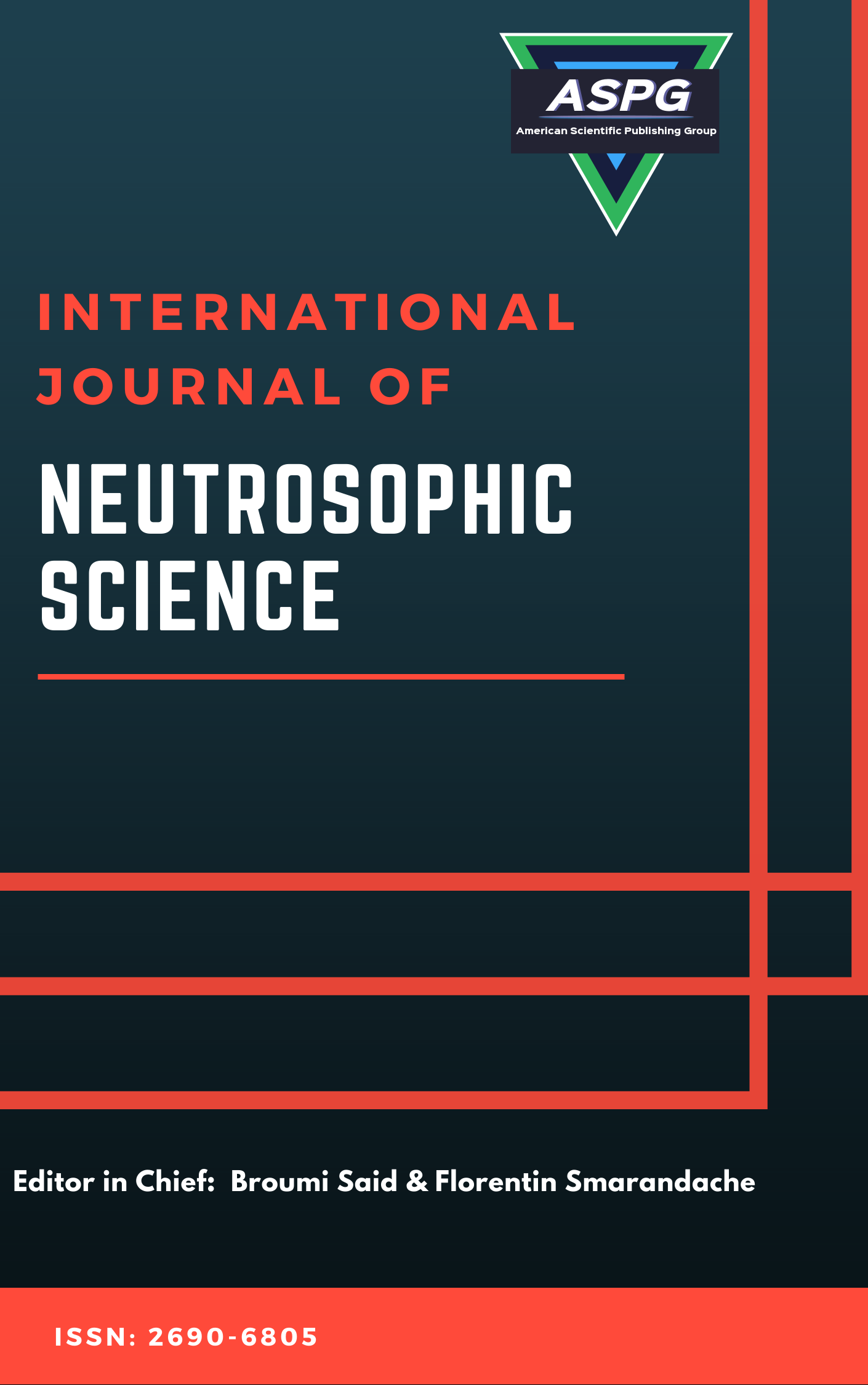

Volume 26 , Issue 2 , PP: 251-257, 2025 | Cite this article as | XML | Html | PDF | Full Length Article
Hilal Abdul-Raziq Sadiq 1 * , Shakirova Zulfiya Normahamatovna 2 , Mullasadikova Nigora Muramanovna 3 , Madayeva Mu‘tabarxon Amanullayevna 4 , Askarov Abdurashid Murodjonovich 5
Doi: https://doi.org/10.54216/IJNS.260219
The neutrosophic set, a mathematical framework that accounts for truth, indeterminacy, and falsity, plays a crucial role in enhancing artificial intelligence (AI)-driven language education. By integrating neutrosophic logic, AI systems can better handle linguistic ambiguities, dynamically adapt learning materials, and offer more precise and personalized feedback. This paper explores the application of neutrosophic theory in intelligent tutoring systems (ITS), natural language processing (NLP), and AI-assisted feedback mechanisms, all within an uncertainty-based framework. Through the incorporation of neutrosophic models, AI can more effectively assess learner responses by considering elements of truth, uncertainty, and falsehood, leading to more adaptive and context-aware language instruction. Furthermore, the study highlights how AI, powered by neutrosophic logic, contributes to breaking language barriers, increasing accessibility, and fostering inclusive learning environments. Ethical concerns, bias mitigation, and data privacy challenges in AI-driven language learning are also addressed, emphasizing the need for responsible AI implementation. Finally, the paper underscores the synergistic balance between AI and human educators, advocating for adaptive AI frameworks that enhance linguistic comprehension while ensuring pedagogical integrity. Future research directions focus on leveraging neutrosophic logic to further improve AI's reliability, adaptability, and overall effectiveness in personalized language education.
Artificial Intelligence , Language Education , Neutrosophic Set , Personalized Learning , Natural Language Processing , Intelligent Tutoring Systems , Neutrosophic Analysis
[1] E. M. Bender and A. Koller, "Climbing towards NLU: On meaning, form, and understanding in the age of data," Trans. Assoc. Comput. Linguistics, vol. 8, pp. 518-535, 2020.
[2] C. Chappelle, "The promise of artificial intelligence in language learning," Lang. Learn. Technol., vol. 25, no. 2, pp. 1-10, 2021.
[3] R. Ellis, "The AI revolution in second language acquisition," J. Appl. Linguistics, vol. 18, no. 3, pp. 245-262, 2021.
[4] J. Smith and L. Johnson, "Advancements in Morphological Theory," Linguistic Studies Journal, vol. 58, no. 3, pp. 200-215, 2021.
[5] H. A.-R. Sadiq and O. Shakhnoza, "The role of non-linguistic contexts in communicating meaning and the need to employ it in teaching Arabic to non-native speakers," Int. J. Innov. Eng. Manage. Res., vol. 9, no. 12, pp. 733-741, 2020.
[6] M. Johnson and Y. Wang, "Ethics and bias in AI-driven language learning applications," AI Educ. J., vol. 10, no. 1, pp. 89-107, 2022.
[7] C. Lai and Y. Li, "AI-powered conversational agents in language education: A systematic review," Lang. Learn. Technol., vol. 25, no. 4, pp. 35-58, 2021.
[8] X. Lu, S. Liu, and J. Zeng, "Machine learning applications in second language acquisition research," Comput. Educ., vol. 154, pp. 103-118, 2020.
[9] M. Pérez, R. Gómez, and C. Lin, "Intelligent tutoring systems for second language learning: Advances and challenges," Educ. Technol. Soc., vol. 25, no. 1, pp. 45-60, 2022.
[10] M. Warschauer, "Digital technology in language education: Trends and challenges," Lang. Learn., vol. 69, no. 1, pp. 1-28, 2019.
[11] N. Ziegler, "The role of NLP in automated language assessment," Comput. Linguistics Lang. Learn., vol. 12, no. 2, pp. 115-130, 2023.